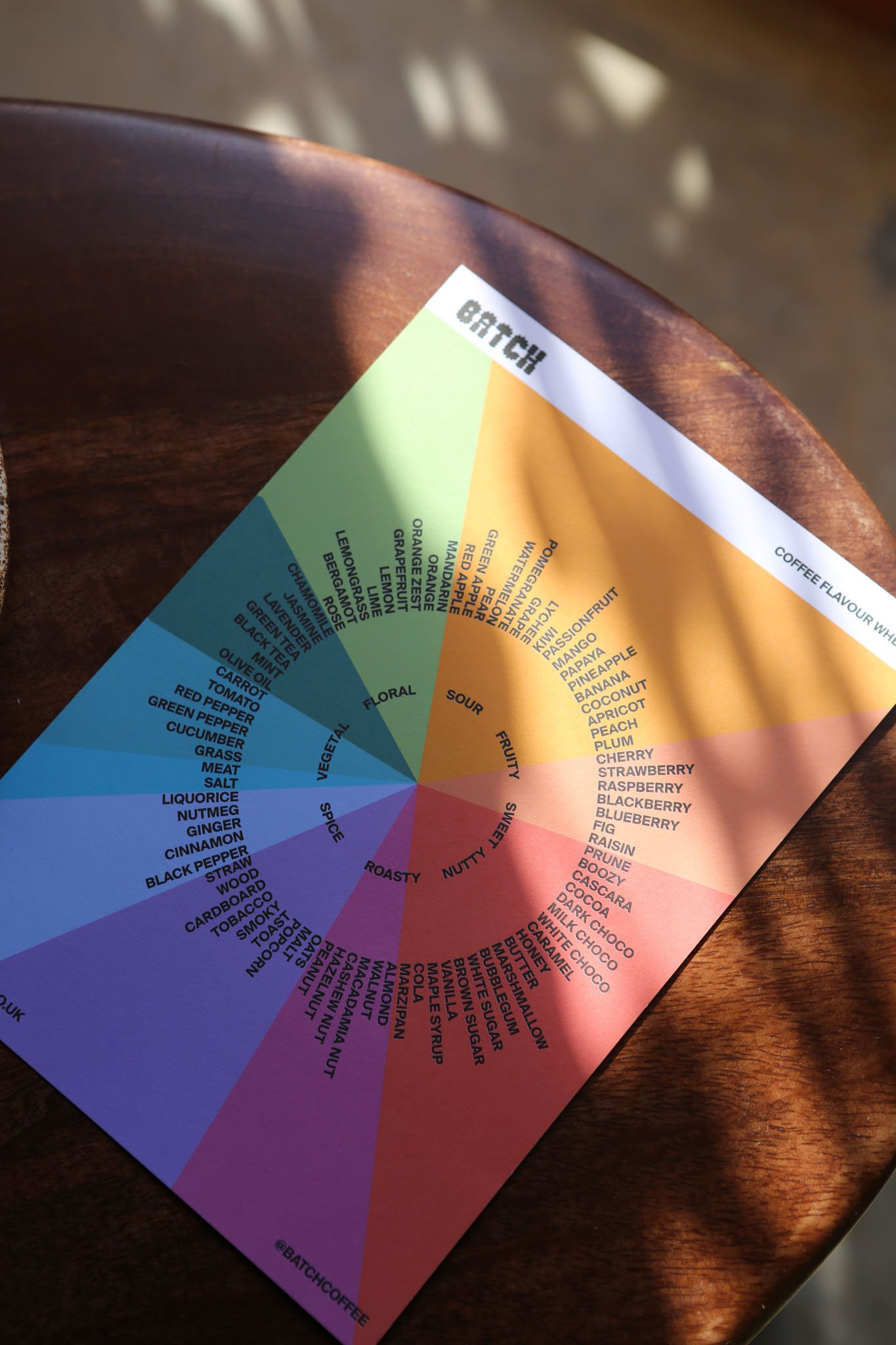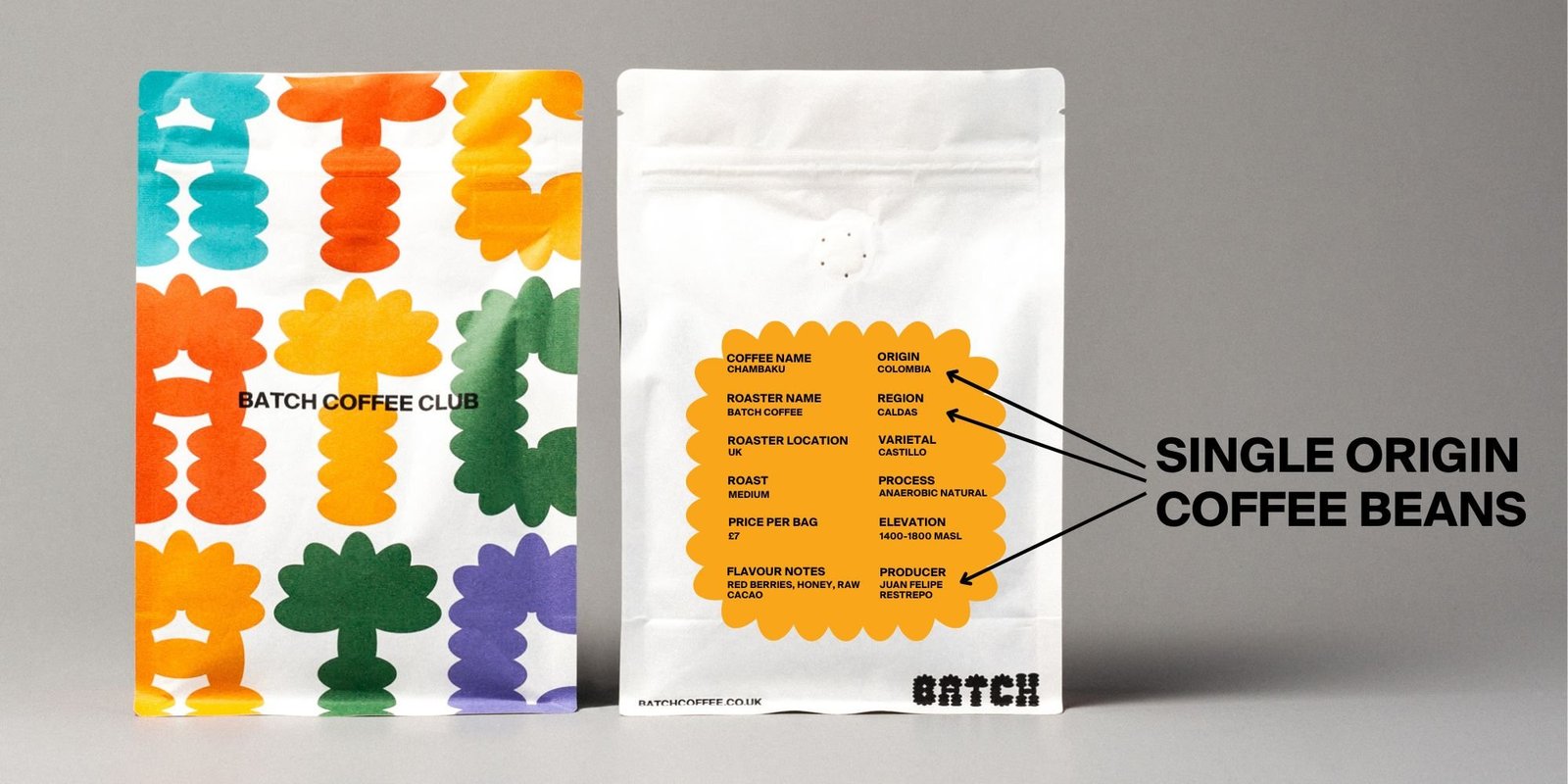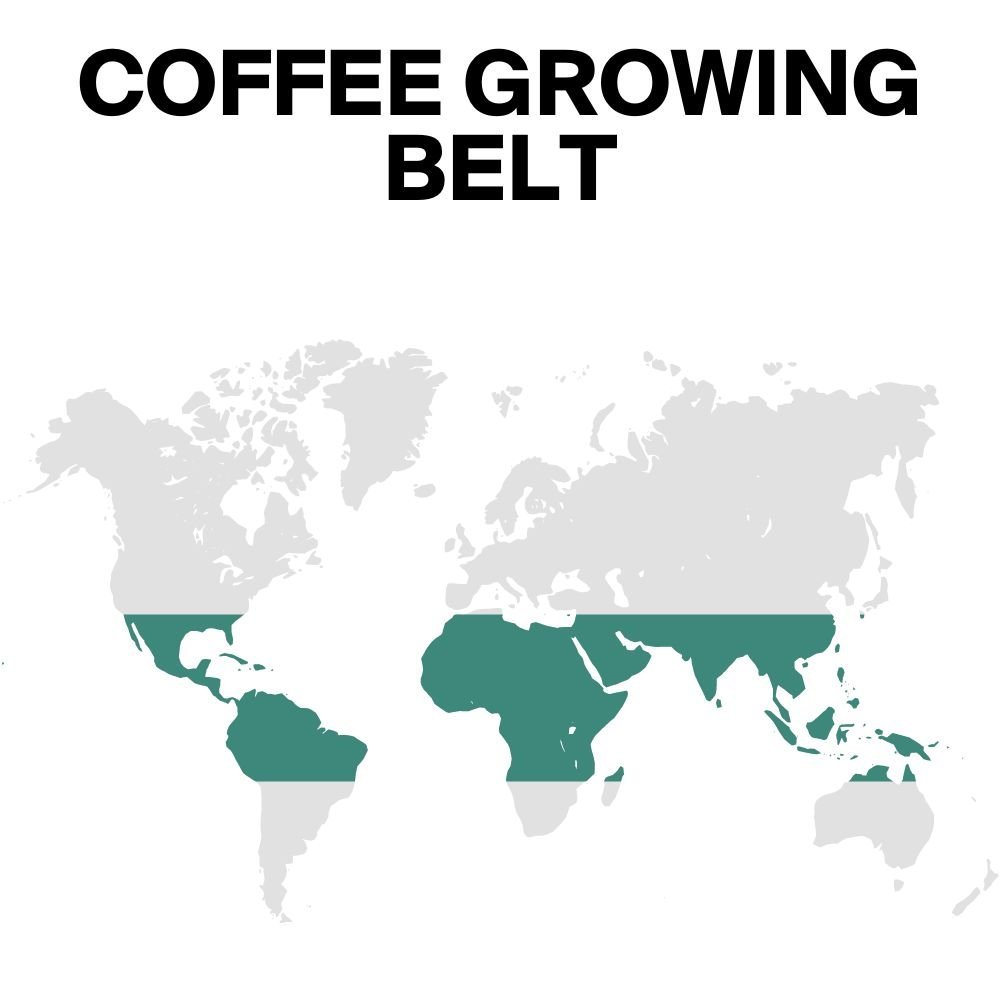Single origin is a buzz word that has been thrown around the specialty and commercial coffee industry for some time now.
Often a benchmark of quality, single origin coffee includes some of the most expensive coffee in the world.
Skip To:
.
As the name suggests, the coffee beans are from one single origin, however the definition does go a little deeper than that.
So let us take you on a trip around the world and define what exactly single origin coffee is.
Why Trust Me?
I’m Tom and I have been working in the coffee industry for over 10 years, starting my journey as a barista in Australia, working on coffee farms in South America and roasting coffee in The UK.
Today I review and write about speciality coffee. I am the founder of Batch Coffee Club, which showcases the very best coffee from around the world.
Related Content
What does single origin coffee mean?
As I stated above, single origin coffee is a particular coffee that you can buy from shops or coffee roasters that has been grown in one particular region (I will define region shortly) and then roasted and sold as a particular single origin coffee.
Let’s just take for instance a specialty coffee roaster. They usually purchase a number of different green coffee beans (raw coffee) from a number of different origins, such as Colombia, Ethiopia and Sumatra through their coffee importer.
As a specialty coffee roaster the green coffee would usually be high quality and classed as single origin green coffee.
The roaster now has a choice to roast each coffee individually and sell the coffee as single origin. Or the roaster can blend the coffee together and sell it as a custom blend (for example as espresso coffee beans).
On the other hand, this usually applies mainly to commercial coffee roasters (coffee you would usually purchase in supermarkets) green coffee can be purchased from a country as a mix of regions.
This is usually lower quality over roasted coffee sold cheaply that constantly produces the same taste.
How do we class a coffee as single origin?
This is a question that does have a few different answers and it sometimes can be quite hard to define and class single origin coffee.
Firstly, Single origin coffee as an umbrella term is a coffee that has been sourced from a particular producer, crop or region of a country.
You may also find single estate coffee that has been sourced from a single mill, farm or coop. You may even come across a microlot coffee that has been sourced from a single paddock or field in a farm.
The point is that you are able to trace the coffee back to a particular region, which to be fair can still be quite large in some cases.










